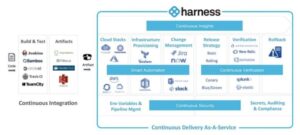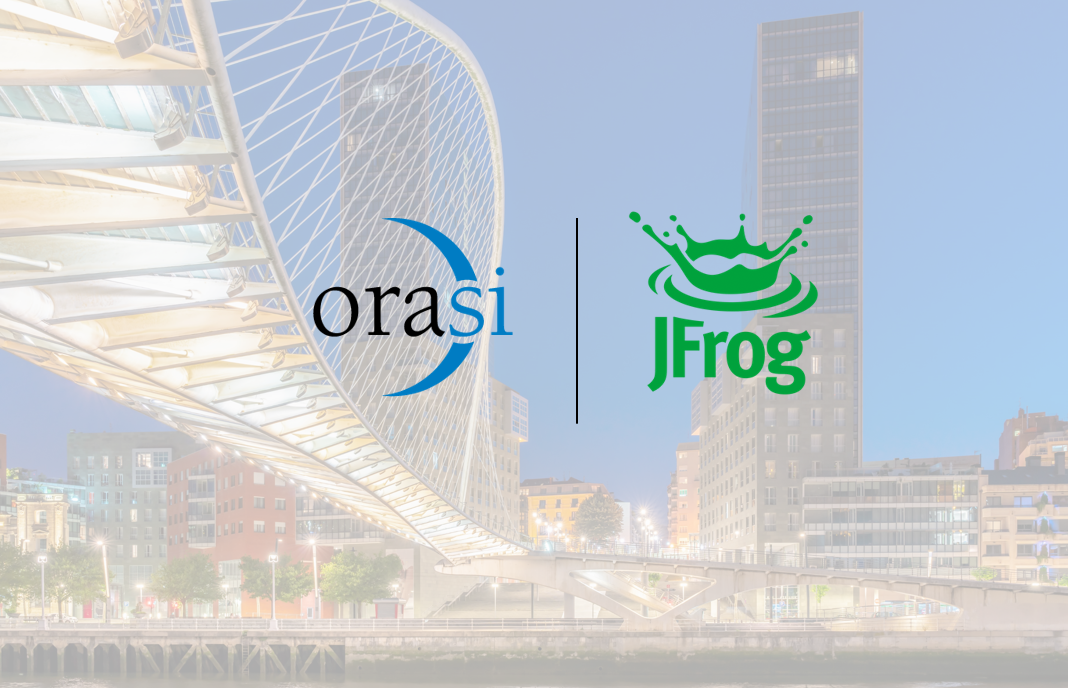By: Terry Brennan, Managing Director
As software release cycles have accelerated, driven by factors ranging from user change requests to demands for new features, many organizations have undertaken continuous delivery (CD). With this approach, teams release smaller changes more frequently, enabling them to catch and remediate errors much earlier in the software development timeline. Even if a bug slips through, frequent release cycles make it easier to rollback changes and fix code if necessary.
CD also eliminates the panic of tracking down last-minute defects and bugs discovered at the end of a long release cycle and makes software activities more predictable, which improves the working lives of Development, QA/Testing and Ops teams. When it works as intended, CD also lowers risk for both new software and updates of existing code. Perhaps most importantly for the C-suite, it helps accomplish one of business leaders’ overarching goals: shorter time to value.
This sounds great in theory, but for many reasons, companies and their teams often struggle to achieve reliable CD. Many still have manual processes entrenched in their software pipelines; others have infrastructure or workflow challenges, and almost all of them have security issues they need to resolve as part of the move to CD.
In our experience, many companies also don’t plan to address the human impediments, like a rigid corporate culture and built-in resistance to change, that often derail software improvement initiatives. They may recognize the value of automation but are uncertain how to eliminate manual steps to achieve it across the complete software pipeline.
Automate Everything; Deliver Continuously.
The question then becomes, how? Building a complete framework for secure software process automation is complicated and time consuming, but fortunately, there are companies that have already done the heavy lifting. One example, which we will use for this article, is Orasi partner Harness. With a motto of “Get Ship Done,” Harness has fine-tuned the mechanics of CD so that it works for organizations of all sizes – and at all levels of software pipeline maturity.
Its framework automates the entire CD process, with the added support of machine learning to protect projects when deployments fail. Recognizing the imperative for security, Harness also equips teams with enterprise-grade security, every step of the way.
Following are some of the key features offered by the Harness platform. We recommend decision makers pursuing CD look for these attributes in any framework they license or develop.
Smart Automation: Teams can build, templatize and execute deployment pipelines from artifact to production in minutes, with serial or parallel workflows across applications, services, environments, and cloud providers.
Auto-generation of code across a broad spectrum of pipeline components: With Harness, teams can integrate more than 40 technologies, auto-generating code for elements such as microservice connections, Kubernetes, canary, rolling and blue green deployments, and provisioning.
Continuous Verification: Integration with leading Application Performance Monitoring/Management and Log tools, such as Dynatrace and DataDog, enables Harness to autodetect performance regressions and quality issues and perform scriptless, automated rollback to the last working artifact version.
Continuous Security: Robust audit trails empower teams to track, audit, control, and govern all pipeline changes. Harness also incorporates secrets management and supports single sign-on authentication and role-based access control to govern and control user permissions.
Continuous Insights: To succeed over the long term, CD should be accompanied by continuous improvement. Harness facilitates this goal by providing built-in access to key pipeline metrics based on industry-leading indicators, measuring software delivery performance across services and teams.
With 34% of IT executives reporting that software fixes take anywhere from days to months, and 41% saying their firms miss software release deadlines occasionally or frequently (per a study by Gatepoint Research), CD is a sorely needed improvement across software efforts in all industries. Orasi experts have significant experience with CD, both on premise and in the cloud. If your firm hasn’t yet taken advantage of it, let’s chat. Visit https://www.orasi.com/learn-more-about-orasis-delivery-services/ to request a no-obligation consultation.



